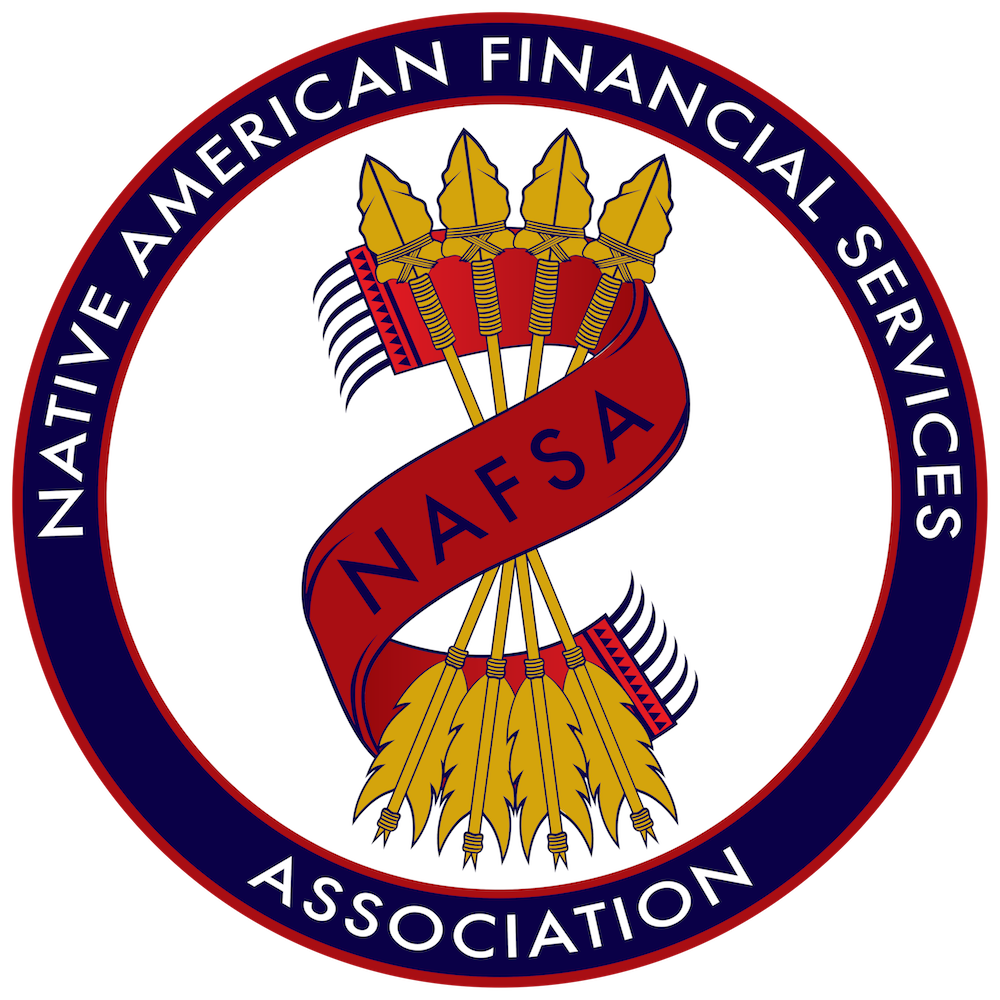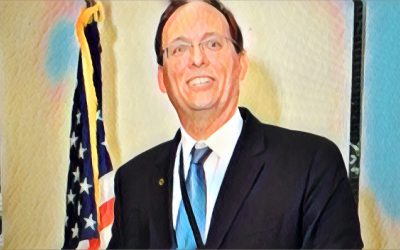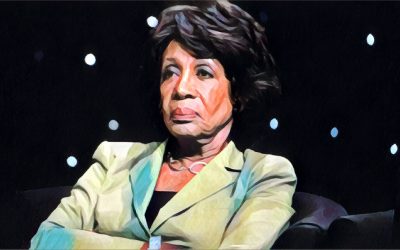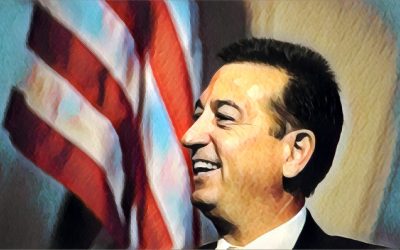The Latest Financial News
OCC Drops Arbitration Rule Challenge as It Defends FinTech Charter in Court
Barely a week after Acting Comptroller of the Office of the Comptroller of the Currency (OCC) Keith Norieka threatened to bring the Consumer Financial Protection Bureau’s (CFPB) recent rule on arbitration before the Financial Stability Oversight Council, the OCC is...
House Dems Lash Out at GOP Treatment of CFPB in Staff Report
Rep. Maxine Waters (D- CA), the ranking member of the House Financial Services Committee, released a report on July 21st compiled by staff chronicling the numerous successes of the Consumer Financial Protection Bureau (CFPB) and attempts by House Republicans to...
Congress Examines Nominees to Key Financial Regulatory Posts
The Senate Committee on Banking, Housing, and Urban Affairs questioned President Trump’s nominees for head of the Office of the Comptroller of the Currency (OCC) and Vice-Chair for Supervision of the Board of Governors of the Federal Reserve System on July 27th....
Why NAFSA?
There are more than 570 federally-recognized tribes in the United States, many of whom are spread across in diverse areas. This has left a need for other tribal economic development opportunities to create sustainability and jobs on Native American reservations.
Tribal Financial Services:
![]() Create jobs & economic development on tribal lands
Create jobs & economic development on tribal lands
![]() Increase the financial independence of tribes
Increase the financial independence of tribes
![]() Deploy sovereignty & bolster tribal self-determination
Deploy sovereignty & bolster tribal self-determination

The Impact of Tribal Financial Services
Coming from a history of staggering unemployment rates, limited opportunities, and lack of access to fundamental resources, Native American tribes began online lending businesses to create real change for the future. Internet commerce has been a vehicle for supporting economic growth, tribal services, and tribal development. These are their stories.
Our Mission
To advocate for tribal sovereignty, promote responsible financial services, and provide better economic opportunity in Indian Country for the benefit of tribal communities.




